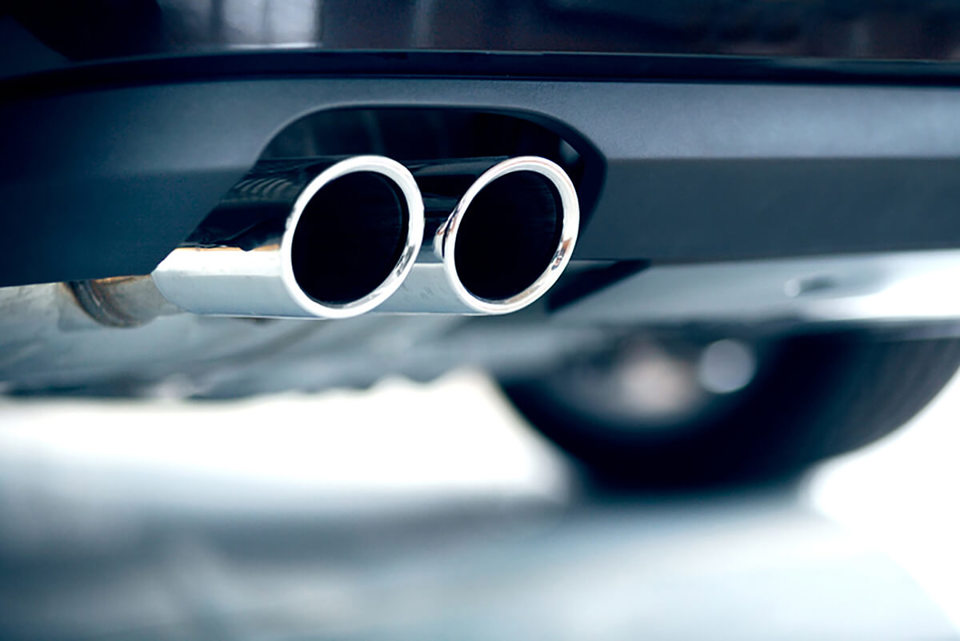Roadside pollution can be cut in half by a hedge, a new study from the University of Surrey suggests.
Experts from Surrey’s Global Centre for Clean Air Research (GCARE) conducted a five-month experiment, measuring traffic pollutants behind and in front of a hedge that shielded a children’s park in Guildford, United Kingdom.
They reported reductions of more than 50% in particulate matter in late April, when the hedge came into leaf. This could be because the density of the hedge or the stickiness of the leaves had a sizable impact on particle pollutants passing through it.
However, the results also revealed smaller reductions for gaseous pollutants including carbon monoxide and nitrogen dioxide, and that wind direction had little impact on the concentration levels.
Professor Prashant Kumar, founding director of GCARE at the University of Surrey, believes it is the first study to look at how a hedge affects the pollution from traffic – assessing the influence of the vegetation lifecycle, wind direction and other variables.
“The reduction in pollution after the ‘green-up’ stage gives valuable information regarding where to install green infrastructure across our communities,” he said.
“This study has not only produced unique evidence and support for our advocacy to install hedges and other forms of green infrastructure along busy roadsides to protect schools, playgrounds and pedestrians/cyclists from air pollution exposure; it has also provided a clear indication that evergreen species should be favoured for barriers against air pollution to exploit their year-round performance.”
GCARE at the University of Surrey has a long history of research in this area, conducting its first piece of research in 2014. It assessed the potential of roadside vegetation to reduce exposure to ultrafine particles; a study that was subsequently expanded to investigate larger-sized fine and coarse particles along busy roadsides.
Kumar said: “This journey continued with assessments of the relative potential of trees, hedges, green roofs and walls in city environments and proposed modelling methods for evaluating the impact of green infrastructure. Most recently, our research has highlighted the nexus between green infrastructure, air pollution and human health.”
It has also released guidance on the implementation of 'green infrastructure' to cut for air pollution.
“What was missing from earlier work was an understanding of how the vegetation cycle of roadside hedges influences their capacity for air pollution mitigation,” continued Kumar. “This required long-term measurements to capture various phases, including dormancy, leaf emergence and maturity.”
The research - The influence of the vegetation cycle on the mitigation of air pollution by a deciduous roadside hedge - was carried out under the umbrella of the iSCAPE (Improving Smart Control of Air Pollution in Europe) project, which is funded by the European Community's H2020 Programme.





















Login to comment
Comments
No comments have been made yet.